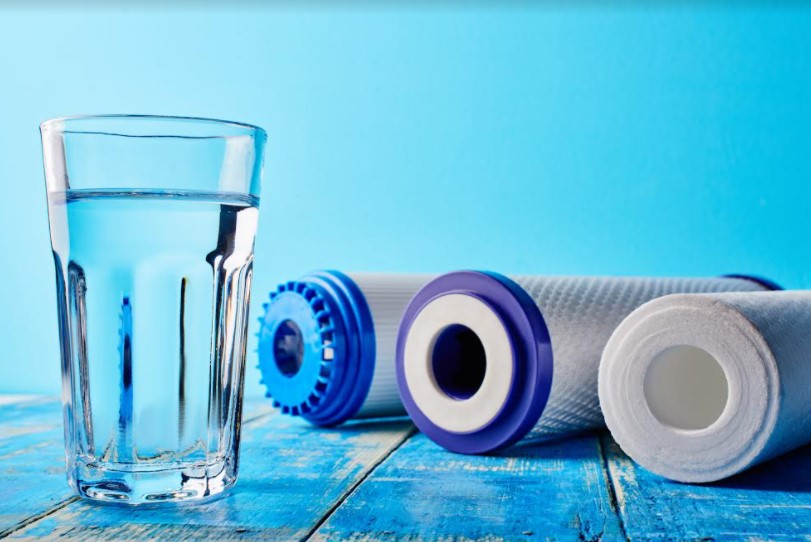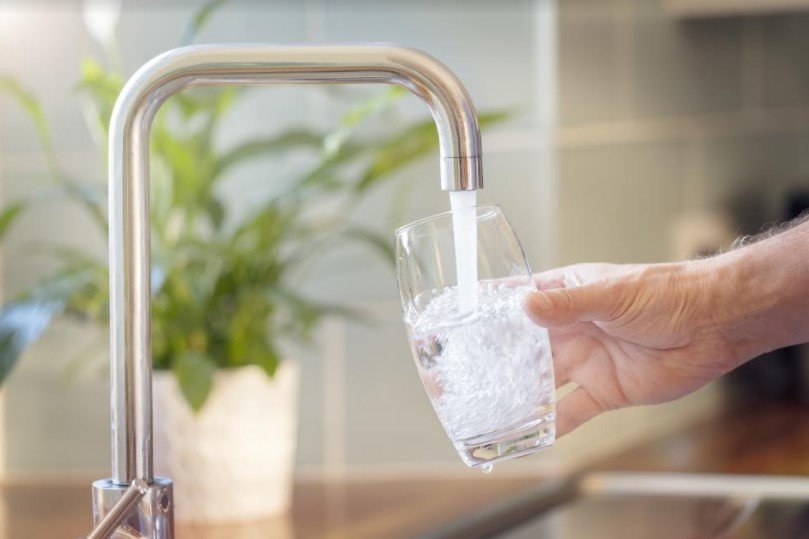Nothing beats a nice, refreshing glass of water, especially on a hot summer’s day. After all, the adult human body is composed of around 60% water. But, sometimes, you can’t help but wonder—how clean is the water you’re drinking?
To achieve clean water from your tap, it may need to undergo water filtration. For this purpose, you will need to install Water Filter Systems in your house. This is the process of removing or reducing the impurities or particulate matter that could be found in the water to make it safe for consumption and washing. Water contaminated with chemicals is a real problem, but water filled with bacteria or organic contaminants can be filtered out.
While there are several ways you can filter your water, there are some ready-to-use filtration systems out there. For instance, check out these ones if you want an idea of what they might look like.
To easily filter tap water in your home, check out the following methods:

-
Boiling
Boiling water is the most traditional of filtering water. Used since the ancient times, heating water at high temperatures will kill bacteria and viruses living in it. After waiting for it to cool (or if you’re going to use it for cooking your food or drinking your coffee), you’ll be able to drink your water without having to worry about some pesky single-celled organism ruining your digestion. However, this won’t keep other contaminants out like chlorine.
-
UV Purification
If you own a lamp or light that produces UV rays, you may shine this overthe water to kill any microorganismspresent. Know that this filtration method should be used for hours at a time to ensure that no bacteria could reproduce. Unfortunately,just like the first method, this one doesn’t remove or reduce any chemicals that may be floating in the water.
-
Carbon Block
This method is one of the most effective albeit more expensive ways to filter out your tap water. A carbon block filter, which can be attached via a cartridge, can easily remove any contaminantsthat affect the water’s smell and/or taste by chemically bonding itself to the water. Some of the contaminants it keeps away are chlorine, lead, and mercury, but it won’t be able to filter out heavy metals, arsenic, nitrates, dissolved solids, and fluoride.
-
Granulated Carbon
Similar to the previous method, granulated carbon can filter out the same contaminants mentioned. The only thing that sets it apart from the carbon block method depends on the flow rate of the water. Granulated carbon has a smaller surface area than the carbon block method, so the water that passes through it is much quicker. This means that its filtration will be a little less thorough than the carbon block, but this method may work better for your bathroom.
-
Mechanical Filtration
Mechanical filtration is one of the best methods for those who want that easy filter fix. Any water that goes through a mechanical filter will trap sediments, waste material, and any organic contaminants in layers of pads, nylon floss, or processed foam. While it won’t be able to keep the likes of arsenic and fluoride out, this might be ideal if your water is especially dirty or cloudy. Aside from using this for your drinking water, you may also mechanically filter water for your pet fish.

-
Reverse Osmosis Filtration
This method requires the installation of a semi-permeable membrane where your water passes. How it works is that the membrane, much like a net, traps any contaminants from getting through. The membrane itself is quite popular among survivalists and soldiers in order for them to obtain drinkable water from anywhere. Unfortunately, this type of filtration doesn’t quite work for the inorganic contaminants that we’ve mentioned in the past points, and the water that flows through it is usually less than the water that’s put in.
-
Ozone Filtration
The last and possibly most effective and popular method of filtration on this list is ozone filtration. Ozone is a powerful oxidant that renders many contaminants inactive. Spraying this in the water may also oxidize metals such as sulfur and iron, thus allowing them to be filtered out using other means (reverse osmosis and mechanical filtration, for example). While you may think that you’re adding a chemical to the water, ozone is actually a naturally-occurring substance that turns back into oxygen after use, leaving no taste or smell. Just like the previous examples, it also kills bacteria and viruses.
Mix and Match
The methods listed above aren’t the be-all and end-all of filtration.You can combine two or three at a time for maximum efficacy. If you’re adventurous enough to make your own filtration system, there are websites for that, too. It’s a good thing to know what kind of water you’re consuming, and how you want to filter that out is up to you. Just remember that if you’ve got cloudy or milky residue in your glasses, white and scaly deposits on your tea kettles, or dry skin and dull hair, it’s time to filter your tap.




